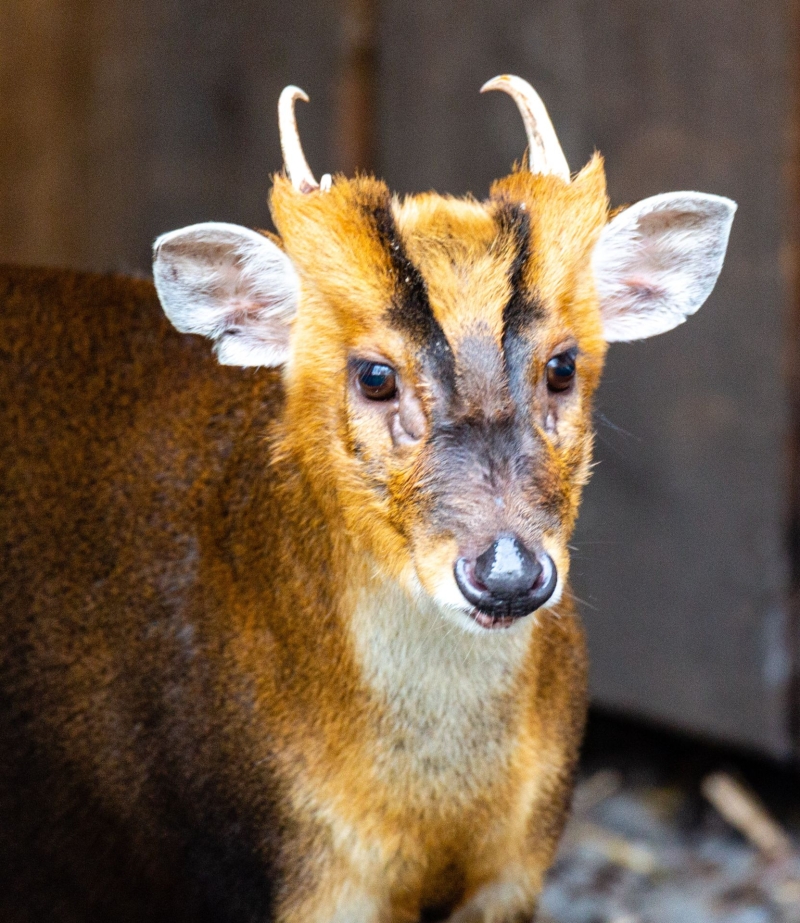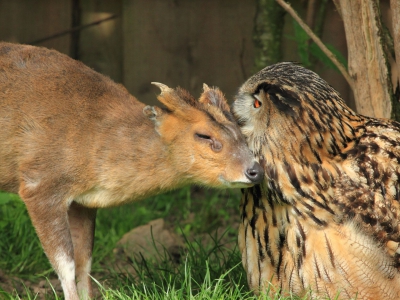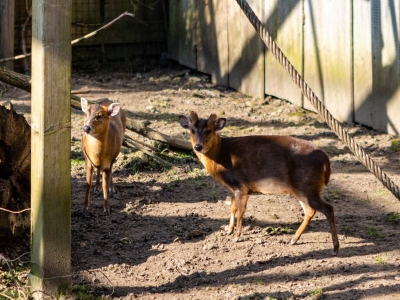Reeves's muntjac Muntiacus reevesi
Animals in our sanctuary
Hao
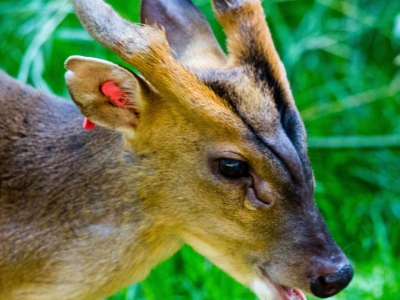
Hao was found along the way and was collected by VOC Brasschaat. The animal probably escaped from people. The previous owner never came to collect the animal.
Acus
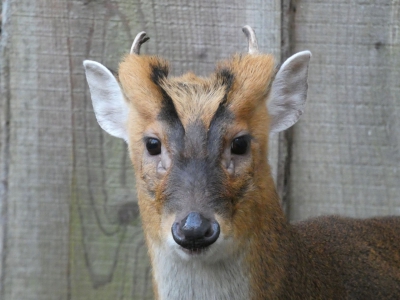
Acus is probably an escaped animal since he appears very tame. He ended up in the garden of private individuals who informed the reception centre in their neighbourhood. The previous owners have never bothered to report his escape or search for the animal. Fortunately, Acus found a loving home here in De Zonnegloed.
Chenita
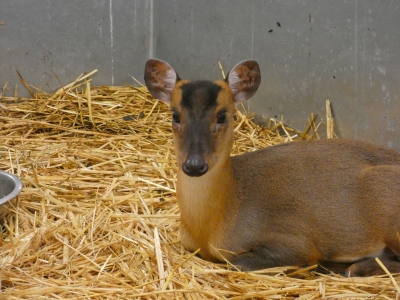
Chenita, along with four other Reeves's muntjacs, was held illegally by private owners. The people did not want to surrender the animals voluntarily and after they were confiscated, the court decided that the animals had to be either taken in by an approved shelter or euthanised. Fortunately, they found a safe home here in De Zonnegloed.
Beau
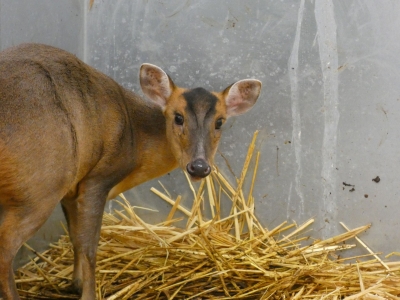
Beau, along with four other Reeves's muntjacs, was held illegally by private owners. The people did not want to surrender the animals voluntarily and after they were confiscated, the court decided that the animals had to be either taken in by an approved shelter or euthanised. Fortunately, they found a safe home here in De Zonnegloed.
Jingxi
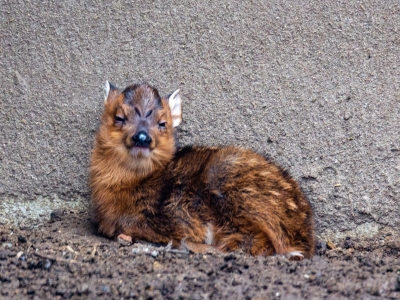
Jingxi was born in De Zonnegloed. The mother, Chenita, arrived pregnant after she was confiscated. De Zonnegloed follows a non-breeding policy, but youngsters will stay with us as well.
Where does he feel most at home?
The reeves’ muntjac originally lived in southeast China and Taiwan.
What's his favourite food?
They prefer to eat bamboo, seeds, leaves and fruit. However, unlike most other deer, muntjacs are omnivores and will eat eggs and meat from dead animals as well. It is even said that these animals sometimes hunt on small birds and mammals.
Fun fact
The males will defend their territory by using their long teeth and by ‘sparring’ with their antlers when they encounter other males.
To be able to travel easily through their habitat, these animals often use the same routes to wear out a pathway.
Adopt this Reeves's muntjac


